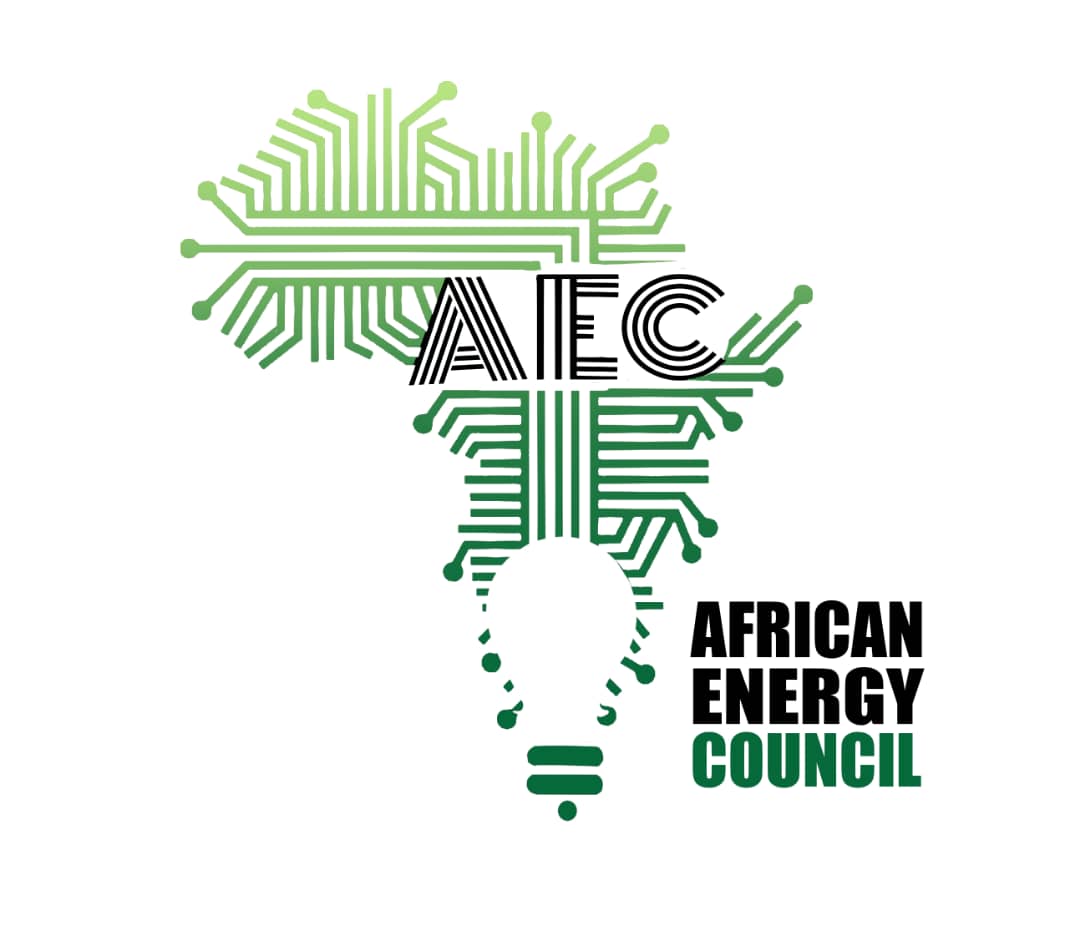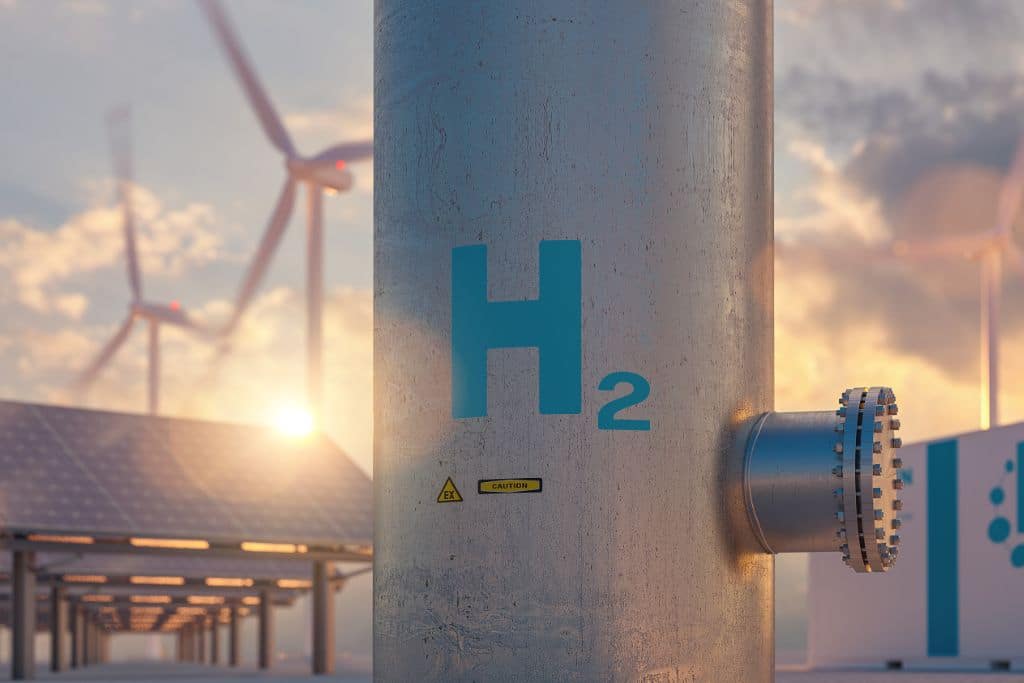According to a report from the renewable energy firm Masdar, Morocco has the ability to generate and export cost-competitive green hydrogen and derivatives, including green ammonia. This is because the country has an abundance of renewable energy resources.
According to a paper recently released by the state-owned business of the UAE on the sidelines of COP 27, Morocco is anticipated to manufacture green hydrogen for less than $2 per kilogram in 2030 and for less than $1 per kilogram in 2050.
Morocco is also planning to export cost-competitive green hydrogen and derivatives to Europe, owing to the country’s low landing costs for transporting hydrogen via pipelines and cargo ships. Landed costs include the total expenses associated with the shipping of a commodity, such as transportation fees, taxes, and insurance.
“For Morocco specifically, ammonia exports may be attractive with a landed cost of about USD 530 a ton in Europe, notably lower than domestic production,” the report indicated.
In addition to Morocco, African countries such as Egypt, Algeria, and South Africa “are likely to be the most attractive locations for exports of hydrogen or its derivatives,” the report added, arguing that these countries have low production and shipping costs.
According to Masdar, Africa could capture up to 10% of the global green hydrogen market by 2050 by producing 30 to 60 million tons per year. This could contribute to the creation of 3.7 million jobs and an addition of $60 to 120 billion to the continent’s GDP over the next three decades.
Africa’s emerging green hydrogen market presents socio-economic growth opportunities for the continent while reinforcing the global decarbonization and green transition agenda.
“Green hydrogen has the potential to reduce emissions, unlock economic opportunities, and create new and valuable jobs for countries across the Middle East and North Africa region,” Masdar CEO Mohamed Jameel Al Ramahi said, adding that Africa is hosting a number of green hydrogen projects that are currently under development.
The list includes the Total Eren green hydrogen megaproject in Morocco, the Total and Chariot Nour green hydrogen project in Mauritania, the hydrogen-diesel dual fuel locomotive project in Namibia, Alfanar green ammonia in Egypt, and the ArcelorMittal and Sasol green derivatives project in South Africa.
Africa announced investments worth $30 billion in 23 green hydrogen projects on October 15 with a combined electrolysis capacity of 48 gigawatts (GW). The initiatives make up 3% of all green hydrogen projects that have been announced globally.
Along with a general drop in the price of renewable energy, these expenditures are anticipated to reduce the cost of producing green hydrogen on the continent to $1.8-2.6 per kilogram in 2030 and $1.2-1.6 per kilogram in 2050.

